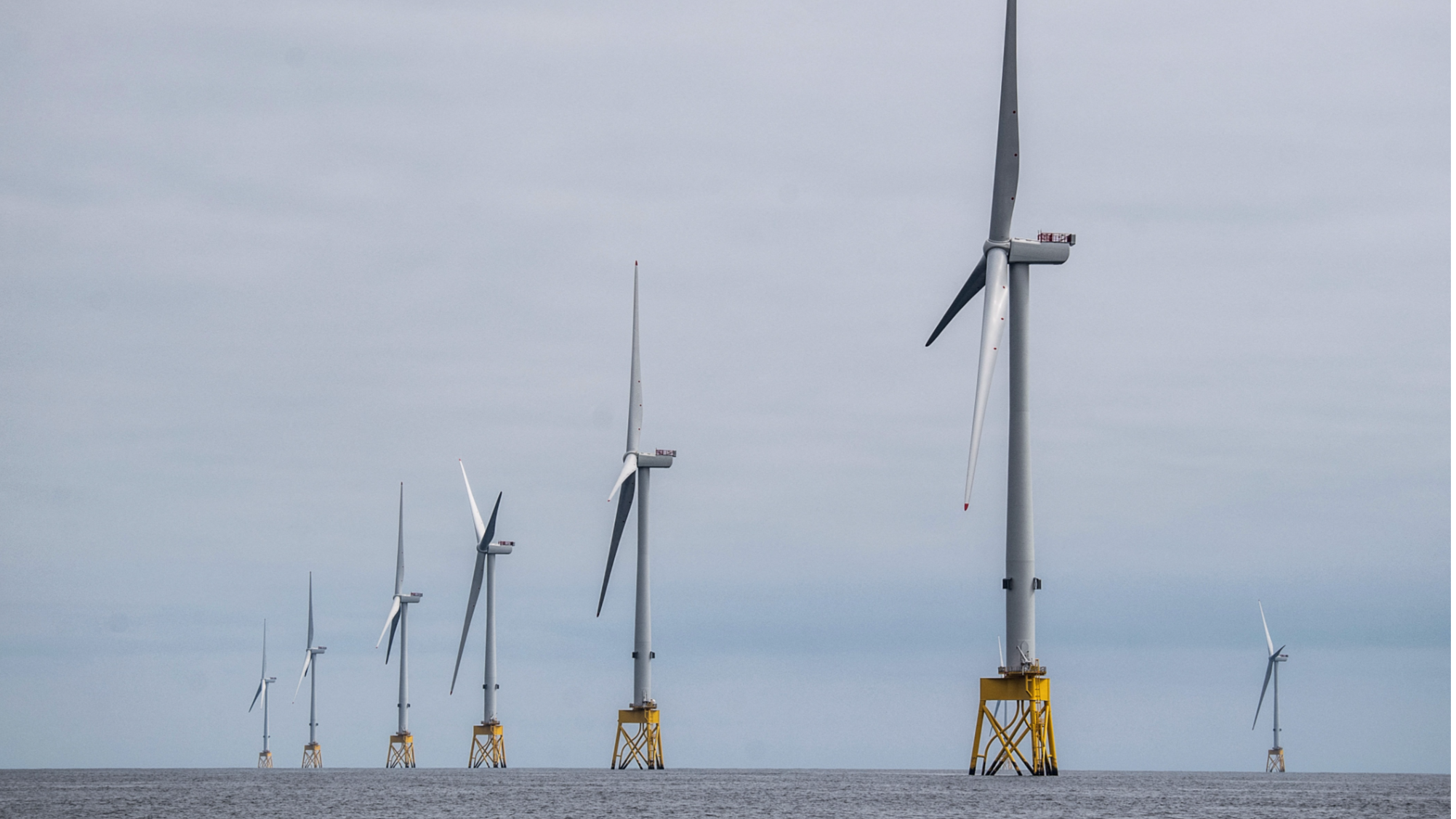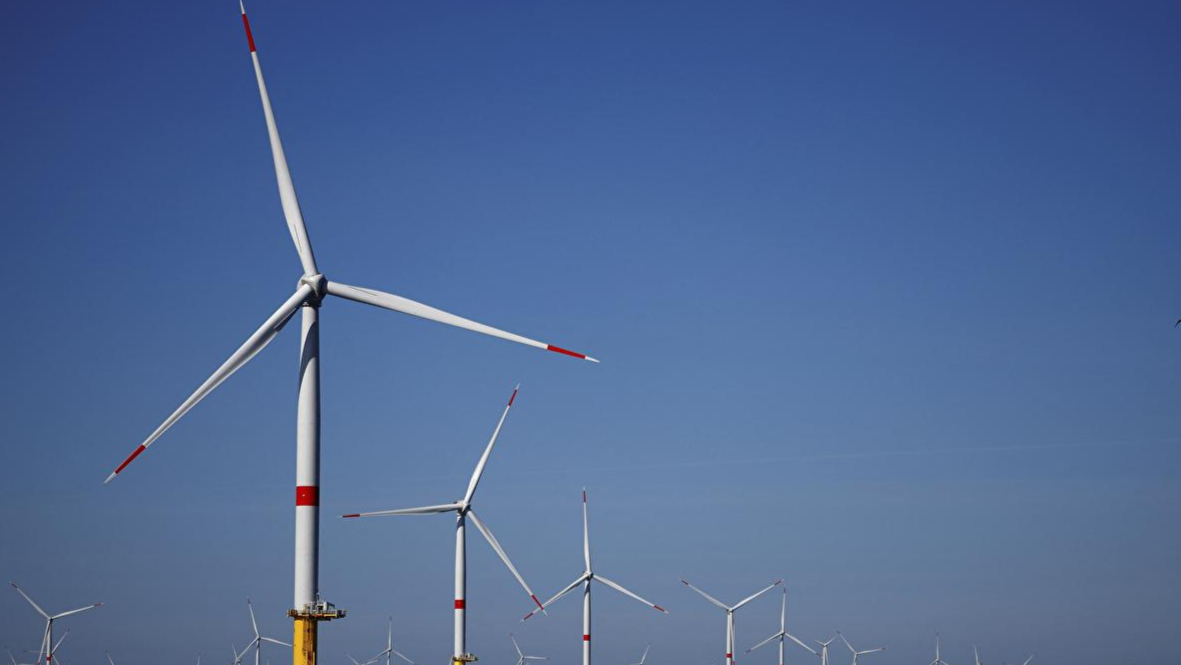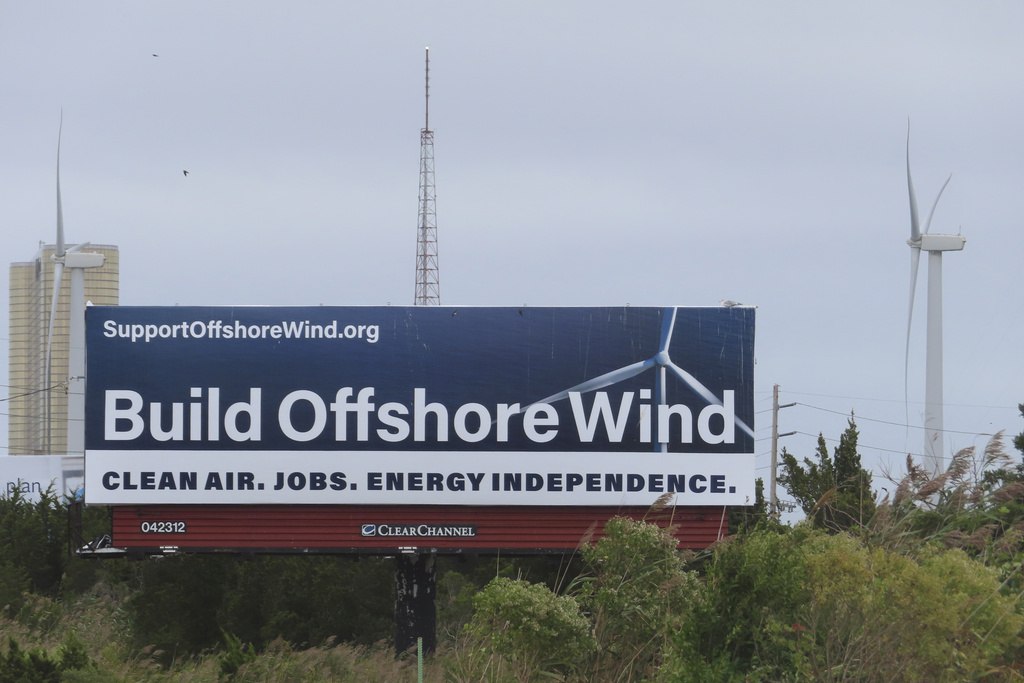
After a year of canceled projects, broken turbines, and abandoned lease sales, the global offshore wind industry no longer has much chance to hit the lofty targets set by governments in the US, Europe and elsewhere, marking a setback for efforts to fight climate change.
The technology forms a big part of government strategies to advance renewable energy and decarbonize the global power industry because it can generate vast amounts of electricity near densely populated coastal regions. Missing targets by a wide margin will leave a gap that could be hard to fill.
Reuters spoke to 12 offshore wind companies, industry researchers, trade associations, and government officials in six countries to come up with a global picture of the state of the industry and its outlook, and found soaring costs, project delays and limited supply chain investment were hobbling installations.
“We’re pretty far away from these targets,” Soren Lassen, head of offshore wind research at energy research firm Wood Mackenzie, said in an interview. He said offshore wind farms now have a global average cost of $230 per megawatt-hour (MWh) – up 30 percent to 40 percent in the past two years and more than triple the average of $75/MWh for onshore facilities.
That has companies retreating. BP last month said it was considering selling a stake in its offshore wind business, and Equinor earlier this year abandoned investments in Vietnam, Spain and Portugal. Meanwhile GE Vernova, one of the industry’s top turbine suppliers, is not taking new orders.
“We do not foresee adding to (our) backlog without substantially different industry economics than what we see in the marketplace today,” GE Vernova CEO Scott Strazik said on a recent investor call.
World governments had set a global target last year of tripling overall renewable energy use by 2030, something the International Renewable Energy Agency (IRENA) said would require offshore wind capacity to surge to 494 GW by the end of this decade, from 73 GW currently.
IRENA Director-General Francesco La Camera told Reuters offshore wind is now projected to fall short of its target by a third. Estimates by three other prominent research firms project that the world will not reach 500 GW of offshore wind installations until after 2035.

Trump effect
Governments in Europe, the Americas and Asia have sought to prop up the sector with national targets aimed at attracting deep-pocketed developers including major global energy companies Equinor, Orsted, RWE and Iberdrola.
The United States, for example, set a goal in 2021 of 30 gigawatts of offshore wind by the end of this decade, but had less than 200 megawatts operating as of May of this year, according to the National Renewable Energy Laboratory.
The outgoing administration of US President Joe Biden issued permits for 15 GW of projects, held six lease sales on multiple coasts, and extended tax credits to the industry.
But US offshore wind has been roiled since last year by canceled projects and contracts, suspended government auctions, and a high-profile construction accident at the country’s first major commercial project
The industry is now worried that Biden’s replacement, President-elect Donald Trump, will follow through on an election campaign promise to dismantle the industry’s progress, possibly by withholding lease auctions.
ALSO READ: Global warming target unmet, what next?
“Given the results of the US elections, we see higher risks than before for the timely implementation of offshore wind projects there,” Michael Mueller, finance chief of German offshore project developer RWE, told journalists on an earnings call this month.
Energy research firm Rystad said it expects the United States to reach less than half of its 2030 target.
Representatives of the Biden administration and Trump’s transition team did not provide comment for this story.
Carl Fleming, a partner at law firm McDermott Will & Emery who advises the White House on renewable energy policy, told Reuters the US would struggle to miss its target regardless of who is in the White House, given market conditions.

Europe also falling short
In Europe, Petra Manuel, offshore wind analyst at Rystad, expects countries with the highest offshore wind targets - the United Kingdom, Germany and the Netherlands - to reach about 60 percent to 70 percent of their goals. Nations with less ambitious targets, including Belgium, Denmark and Ireland, are also expected to come up short, he said.
Industry trade group WindEurope, meanwhile, said it expects the European Union to have 54 GW of offshore wind capacity by 2030, about half of the 120 GW North Sea countries pledged.
EU Energy Commissioner Kadri Simson told Reuters that delays in meeting targets could not be ruled out, but that none had been formally flagged by member states.
Britain will also miss its goal of 60 GW by 2030, said Damien Zachlod, managing director of offshore wind developer EnBW Generation UK.
The UK held its best-funded auction yet in September, adding 4.9 GW of new agreements. But future auctions will require far larger volumes to reach 60 GW on time, he said.
“It will be very, very challenging and we won’t hit the target by 2030,” he said.
A spokesperson for the UK government did not immediately provide comment.
Elsewhere in Asia, nations including Vietnam, Japan and South Korea have sought to expand offshore wind but also face difficulties linked to soaring costs and regulatory uncertainty.
Japan, for example, has set ambitions of building up to 45 GW of offshore wind capacity by 2040, up from less than 1 GW today. But the nation’s auctions to date have been small, and the industry is constrained by laws preventing non-Japanese vessels from operating in offshore wind areas.
READ MORE: Google inks largest deal with Dutch offshore wind projects
Rebecca Williams, deputy CEO of the Global Wind Energy Council trade group, acknowledged there is a risk the industry could miss its targets, but said hitting them is still possible with the right policies.
“Of course, whenever there’s a target, there’s a risk that that target might not be met,” Williams said on the sidelines of the COP29 conference in Baku.
“But the target is not the thing that’s going to get the turbines in the water.”


